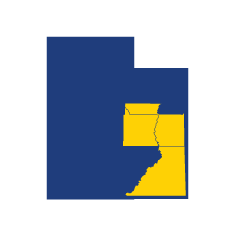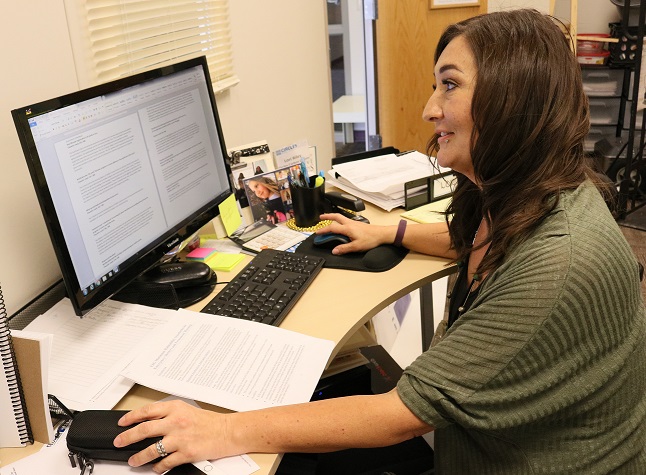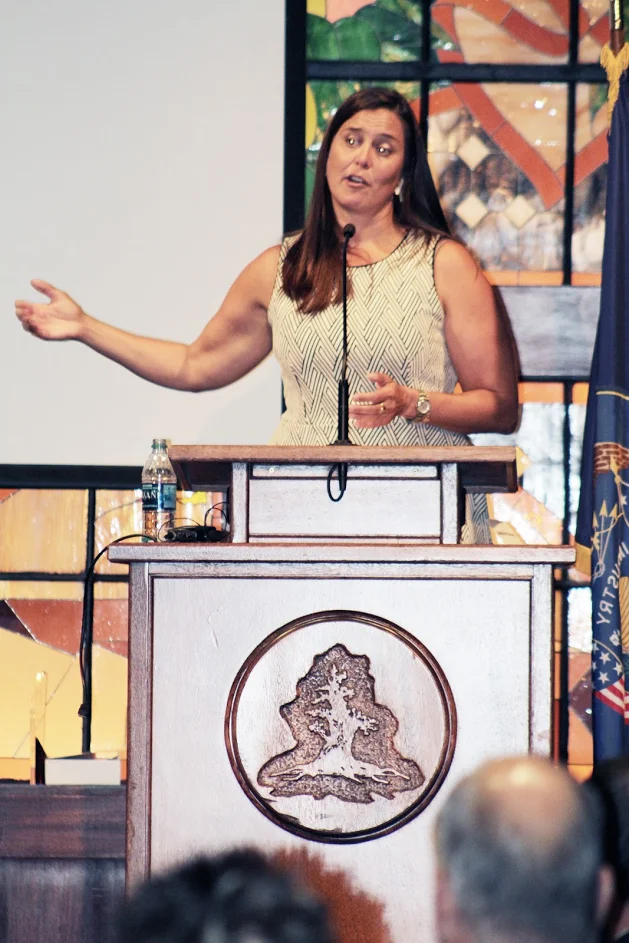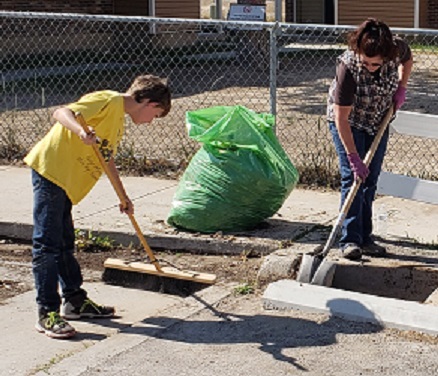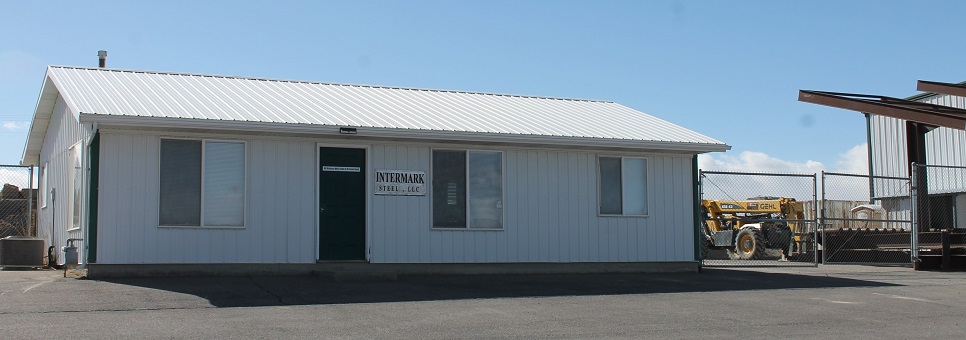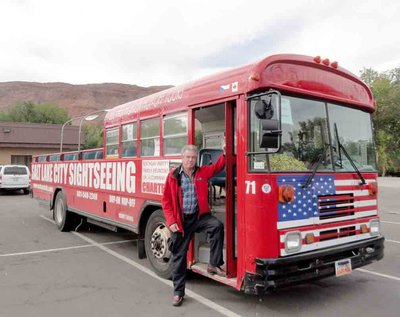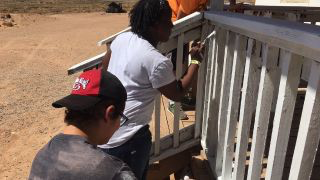Southeastern Utah Association of Local Government press release
Date of release: 03-06-19
Contact person: Richard Shaw, contract public relations specialist
Phone: 435 636 5343
Email: reddogpublish@gmail.com
Small businesses can grow with Revolving Loan Funds
One of the largest problems small businesses have is finding money to upgrade their operation. The Southeastern Utah Economic Development District (SEUEDD) has a Revolving Loan Fund (RLF) available for businesses that qualify, and that money can make all the difference to a small operation.
Take the Patio Drive In that is located in Blanding for instance.
The Patio Drive In was built and established in 1959. It has been through multiple owners and is currently owned by Ricky and Lana Arthur who have owned and operated it since 2009. Patio has a long history and is an iconic establishment in the town, popular with visitors and locals alike. It is the only restaurant still in business in Blanding from its time period that has never closed its doors in 60 years of operation.
The menu at Patio, of classic burgers and fries, was established around 1960 (prior to that they served chili and chili dogs). Patio drive In currently offers a large variety of burgers, several of their own creations, and assortment of classic sandwiches, homemade onion rings, homemade fries, a large variety of salads with in-house dressings, and a small lean and green menu for those calorie conscience customers. Lana has had the opportunity to train with private chefs and with she will adding many new items to the menu.
The building needed some upgrading and they needed to enlarge the size of the building. They were able to obtain a SBA loan and a loan from the RLF Fund. They also were able to receive a HVAC grant and a GOED Fast Track Grant. This move has made the venue more appealing and modern, yet still set in the memory of the 1950’s.
“Our desire to rejuvenate the building, enlarge our dining area and create storage was based on our need to accommodate more customers,” said Lana Arthur. “We had simply outgrown our space. However, because of Patio’s extensive history we had no desire to move locations. We
feel the upgrades to our current building were in our best interest.”
The reason for the two loans? The SBA was willing to loan a percentage of the money they requested, but that wasn’t enough to do what they wanted to accomplish. Enter Beth McCue of the Small Business Development Center at USU/Moab.
“Beth realized their need and sent them to us to see if we could help,” said Dawna Houskeeper, of the South Eastern Association of Local Governments (SEUALG) who is the Program Manager for the RLF Loan Program. “They are some of the best business people I had ever met and we were able to use RLF money as gap funding so they could accomplish their goals.”
The funds that the RLF fund provided to the business was used largely to upgrade equipment and the electrical system, as well as put in a new venting system for the kitchen, which they had to do if they were going to do the major remodel they planned on.
The Patio Drive In experience is just one of many success stories that the RLF has been a part of over the years.
The RLF program was started in 1969 SEUALG and the Economic Development Administration (EDA). The program began when SEUALG secured a grant with matching money from the EDA to start the fund. Over the years money has been lent out and more often than not, been paid back in full, plus interest. The interest that has been paid from past loans has been used to grow the fund. The money available in the fund year after year differs since its balance depends on the status and amounts of previous loans. The two agencies work together, but all the qualifications, procedures and policies for lending are under the EDAs direction.
The fund is designed to help a business start or expand current business’s to grow. Over the years many different kinds of businesses have benefited from the program. A few examples include convenience stores, mortuaries, monument builders, saddle tree builders, steel
manufacturing, food trucks, and yurts.
“The qualifying businesses are unique and so is this loan program which was designed to help them,” explained Houskeeper.
One of the rules that apply when qualifying includes a documented denial from traditional banks or financial organizations.
Another condition is that the loan recipient will add one new full time job to the area for each $25,000 borrowed. The businesses have two years to create the jobs. The structuring for the kinds of employment expected to be created is such that the positions are in low to medium salary compensation levels.
“This helps not only to finance new business and growth, but also helps stimulate the economy by adding jobs,” she said.
Houskeeper said that the Patio Drive In was a prime candidate and that the business is now able to accommodate the crowds that are showing up at their door.
“Lana noticed that during the summer when sometimes the lines were out the door for their small place they would see people walking away,” said Houskeeper. “The expansion from being basically a drive up window with a couple of small booths where people could eat to a large dining area and upgraded equipment has made it so their business is better
than ever.” “Lana’s next goal is to be able to create at least four full time jobs for employees that pay strong enough wages that would allow them to stay in the Blanding area.”
The RLF loan fund of SEUALG/SEUEDD is only available to businesses in the four counties SEUALG serves which are Carbon, Emery, Grand and San Juan.
For more information on the RLF contact Houskeeper at (435) 613 0031 or dhouskeeper@seualg.utah.gov
 Tristan Garvin works with Renee Raso on her taxes utilizing the VITA program.
Tristan Garvin works with Renee Raso on her taxes utilizing the VITA program.
VITA is there to help with taxes
Taxes are a fact of life, and for most people doing them is well…taxing. So the Southeastern Utah Association of Local Governments (SEUALG) has a program, that under certain conditions, provides free tax preparation services to residents.
The program is called VITA which stands for Volunteer Income Tax Assistance
One of the parameters to get this service is what kind of return is being prepared. There is a scope of work in which the taxes for people can be done. Usually most of the taxes done by the agency are fairly uncomplicated.
“To see if you qualify bring your taxes into one of our sites and one of our volunteers will check if it fits within our scope of work,” said Tristan Garvin, the manager of the program for the Southeastern Utah Association of Local Governments (SEUALG). “Some of those that don’t qualify are those with Schedule F (farm taxes), taxes with rental properties included in them, certain business expenses, non taxable combat pay (among other among other types of military filings), foreign tax, as well some others. The income level that qualifies a taxpayer for this service is one who earned under $55,000 last year.”
Another factor is the amount of money a filer makes. The program has been set up to help low to moderate income taxpayers.
“The program is active in all the counties that SEUALG serves (San Juan, Grand, Emery and Carbon)” he explained. “There are sites in each county where people can take their taxes to be done. Tax documents will be prepared by trained volunteers that have professional supervision over them. Sometimes people become concerned about just anyone seeing their tax returns. In terms of privacy, all the volunteers and people associated with handling tax documents and information sign a confidentially agreement to not divulge information they may see when performing tax preparation. In addition, all those involved in tax preparation must be finger printed and have a background check before they can work on any persons taxes.”
Besides going to the physical sites themselves, individuals can also use websites affiliated with the program to do their own taxes.
“We encourage those that do not fall into the scope of work for VITA to go to Myfreetaxes.com (which is supported by the United Way) where the qualifying amount an individual makes is higher at $66,000 a year,” he said.
People also ask questions about what happens if something are errors with the tax preparation that is being performed by the volunteers.</divp
“VITA is a program is operated by the IRS,” he stated. “We report directly to an IRS employee, and the IRS takes full responsibility if anything goes wrong because of the tax preparation that is performed.”
The various physical sites have different kinds of staffing and hours. In San Juan there are six volunteers, in Moab and Emery County there are three and in Carbon County there are 15, 10 of which are students at USU Eastern under the direction of Henning Olsen, a Business Professor at the school. The other five volunteers come from a professional accounting firm located in town. To become a preparer, volunteers get 10 hours of instruction and must take a test to qualify to prepare taxes.
Last year sites in the region did 636 returns through all channels. The average income for the people that had their taxes done this way was $20,770. The total tax refunds that came back to the region amounted to $638,535 or an average refund of $1434.
Preparation services will began February 7th and will continue until April 15th.
Services this year will be available at the following locations, dates and times. Note that some sites work by appointment only, and that some hours of operation may be subject to change.

